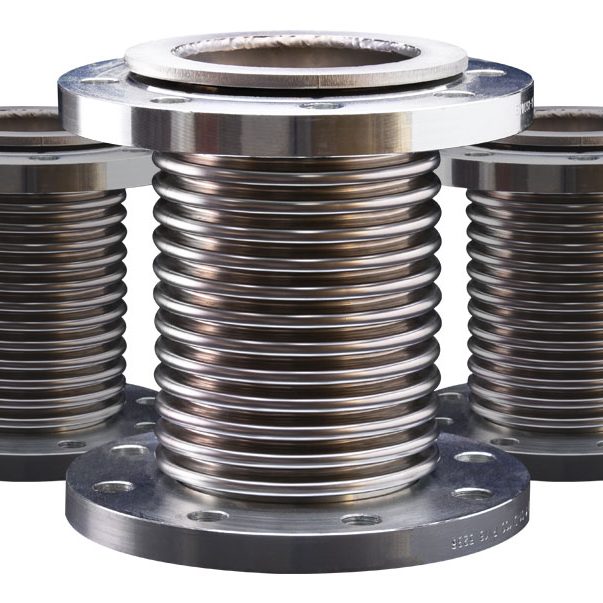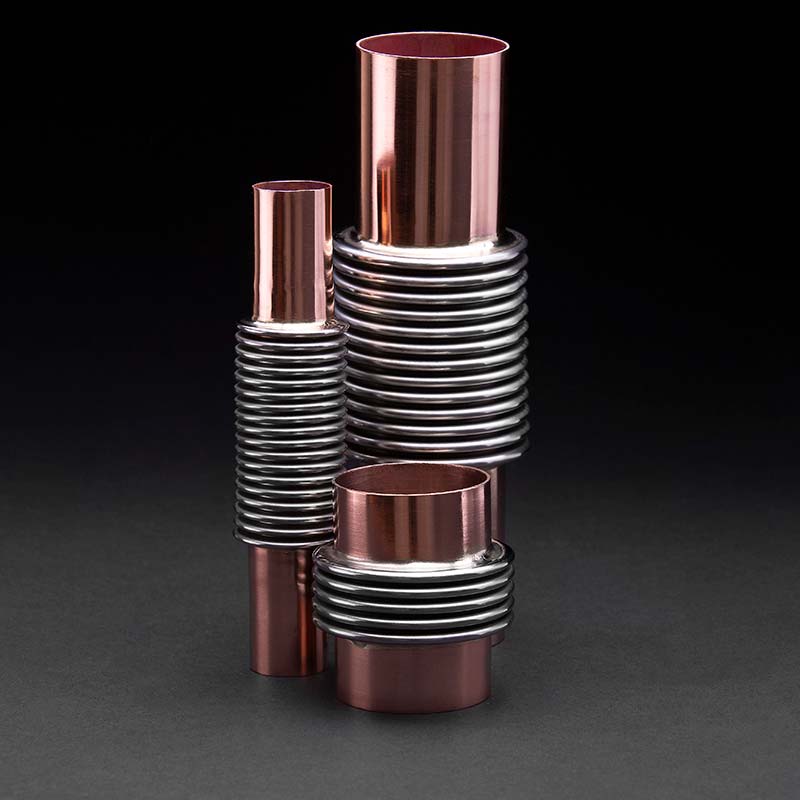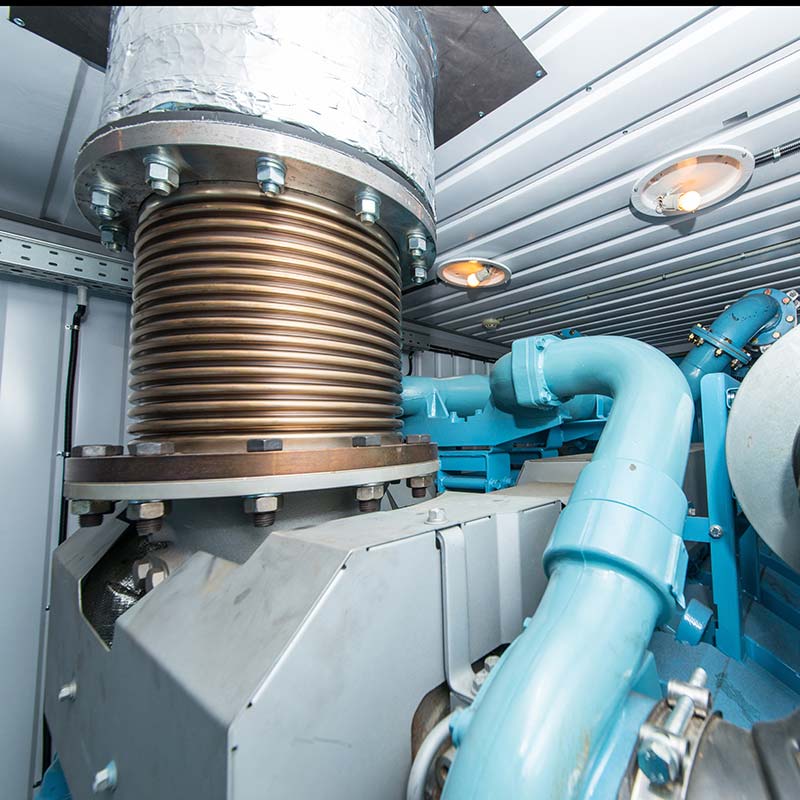
Stainless steel axial bellows, axial expansion joints or axial compensators are specialised components used in piping systems to accommodate axial or lateral movement caused by thermal expansion, contraction, or mechanical vibration. To absorb and compensate for changes in length along the pipe’s axis while maintaining the system’s integrity.
Axial expansion bellows typically consist of convolutions from thin-walled stainless steel tubing. The convolutions allow the bellows to elongate and compress in response to axial movement. The convoluted design provides flexibility while maintaining structural strength to withstand pressure and external loads.
Stainless steel is the most common material used in constructing axial bellows due to its excellent corrosion, durability, and temperature resistance. The specific grade of stainless steel chosen depends on factors such as the operating environment, temperature range, and compatibility with the fluid in the piping system.
The design of stainless-steel axial bellows is a meticulous process, considering several factors to ensure their optimal performance and longevity:
In summary, stainless steel axial bellows are critical in accommodating axial movement in piping systems, providing flexibility, reliability, and longevity in diverse industrial applications.
Fixed Flange
Fixed flanges are welded at each end of the bellows unit with the holes in line as standard.
Swivel Flange (Vanstone)
Use swivel flanges when flange hole alignment is an issue or where all wetted parts are in stainless steel, but the flanges can be mild steel to reduce cost.
Weld Prepped Ends
Weld prep ends have a chamfered edge to weld directly to on-site pipework.
BSPT Male Ended
BSPT threaded ends can be screwed directly into a female threaded connection where installed on site.
Copper Pipe Ended
Copper pipe ends are for low-temperature hot water (LTHW) and can be fitted with compression or solder.
Union Ended
Union-ended bellows come as a 3-part fitting manufactured from malleable iron.

